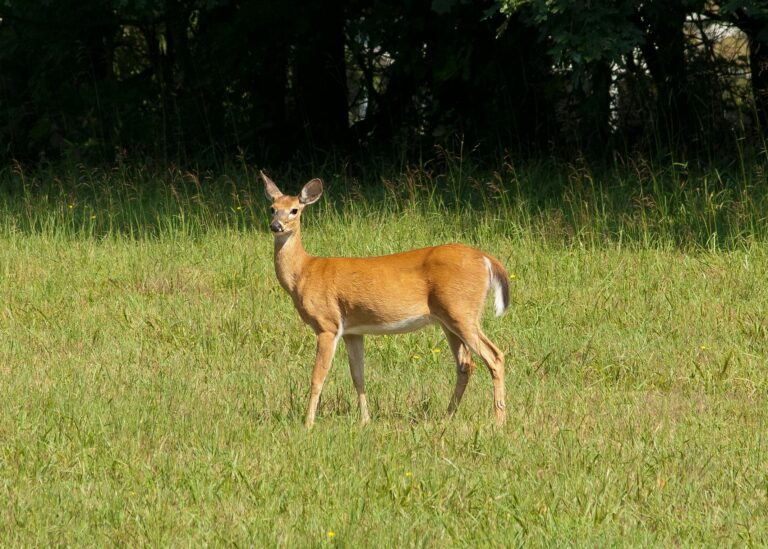
Noise-Induced Hearing Loss
Any exposure to loud noise, whether sustained exposure over a long period of time or a one-time, sudden sound, can damage your hearing. Hearing loss caused by loud noise is called noise-induced hearing loss, or NIHL. It’s estimated that 40 million U.S. adults have some level of NIHL.
Our inner ear contains sensory cells that read sound waves, translate them into electrical impulses and transmit those electrical impulses to the brain for processing. These sensory cells are fragile, and when sound waves are especially powerful, their force can bend, break or damage the cells. Think of stomping on grass: some of the blades of grass spring back up, while others break and remain trampled.
Sound is measured in decibels, or dBA. Temporary NIHL can result from exposure to sound waves starting at 85 dBA, and permanent damage can occur starting at 140 dBA. Smaller firearms clock in around 140 dBA, and bigger rifles for big game hunting can exceed 175 dBA.
Temporary Threshold Shift
The term “auditory threshold” refers to the quietest sound level you can hear at a baseline level. Changes to the threshold are called a “threshold shift,” and it’s a form of NIHL. After a loud gunshot, it may seem like you can’t hear quiet sounds anymore, and your ear may feel muffled or stopped. Threshold shifts start off as temporary, but the more you subject your ears to noises that cause temporary threshold shifts, the more likely that shift can become permanent.
Shooter’s Ear
Shooter’s ear is the name of the hearing loss phenomenon common with people who use firearms frequently. It is characterized by one ear having worse hearing loss than the other. Surprisingly, the worst ear is the ear opposite the shooting arm: the shoulder on the shooting arm shields the blast from hitting the ear full force, causing more damage to hearing on the opposite side.
Hearing Protection
NIHL is permanent, but it’s also entirely preventable if you take the necessary precautions to protect your ears. Since it’s important to be able to hear while you’re hunting, hearing protection must protect your ears while still allowing you to remain alert. Here are some common hearing protection strategies used by hunters.
- Wear hearing protection. Earplugs and earmuffs are common choices for hearing protection. There are specialty digital earmuffs available that allow background noise through while suppressing gunfire sounds.
- Take breaks. After loud noises, rest your ears to give them time to recover from the exposure.
- Choose your firearms wisely. Pay attention to caliber size and barrel length, and know what will create a louder blast. Toning the gun volume down can mitigate some of the damage.
If you’re concerned about hunting season and its impact on your hearing, it’s a good idea to make an appointment with your hearing health professional. That way you can notice and act on damage sooner rather than later. Untreated hearing loss will get worse over time. Call Torrance Audiology today for more information or to make an appointment.
